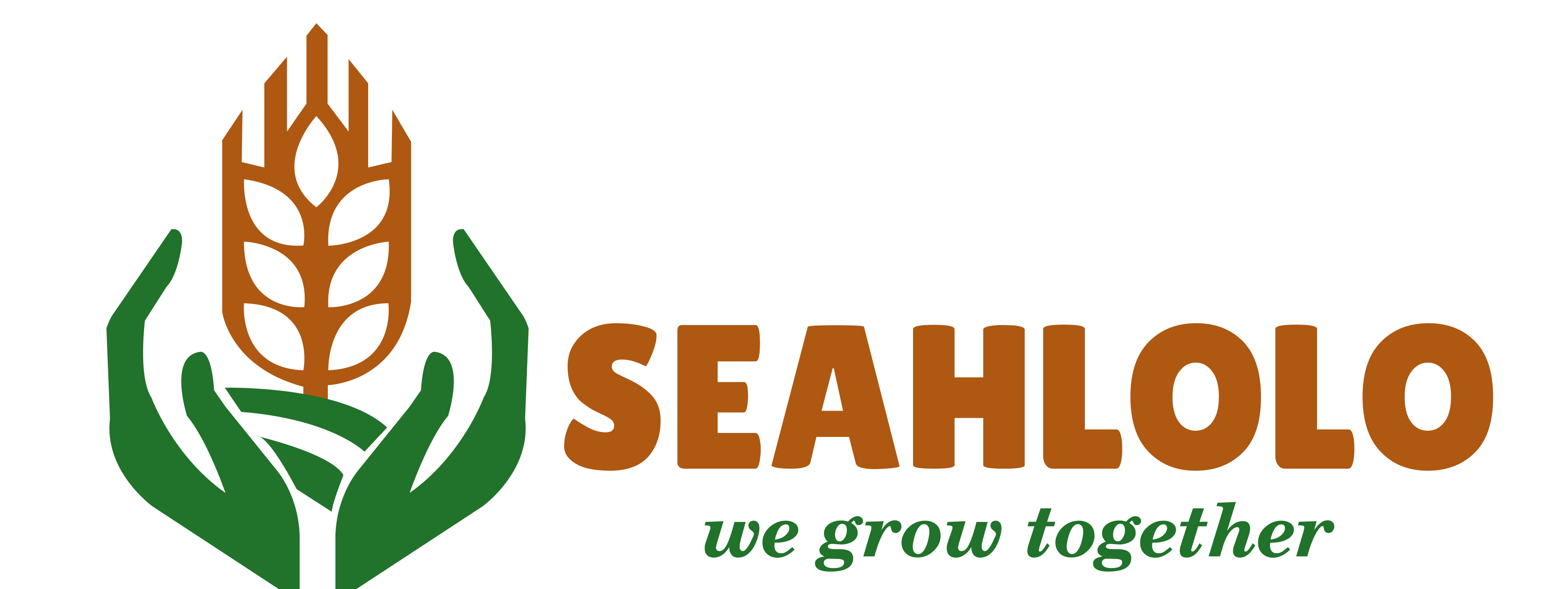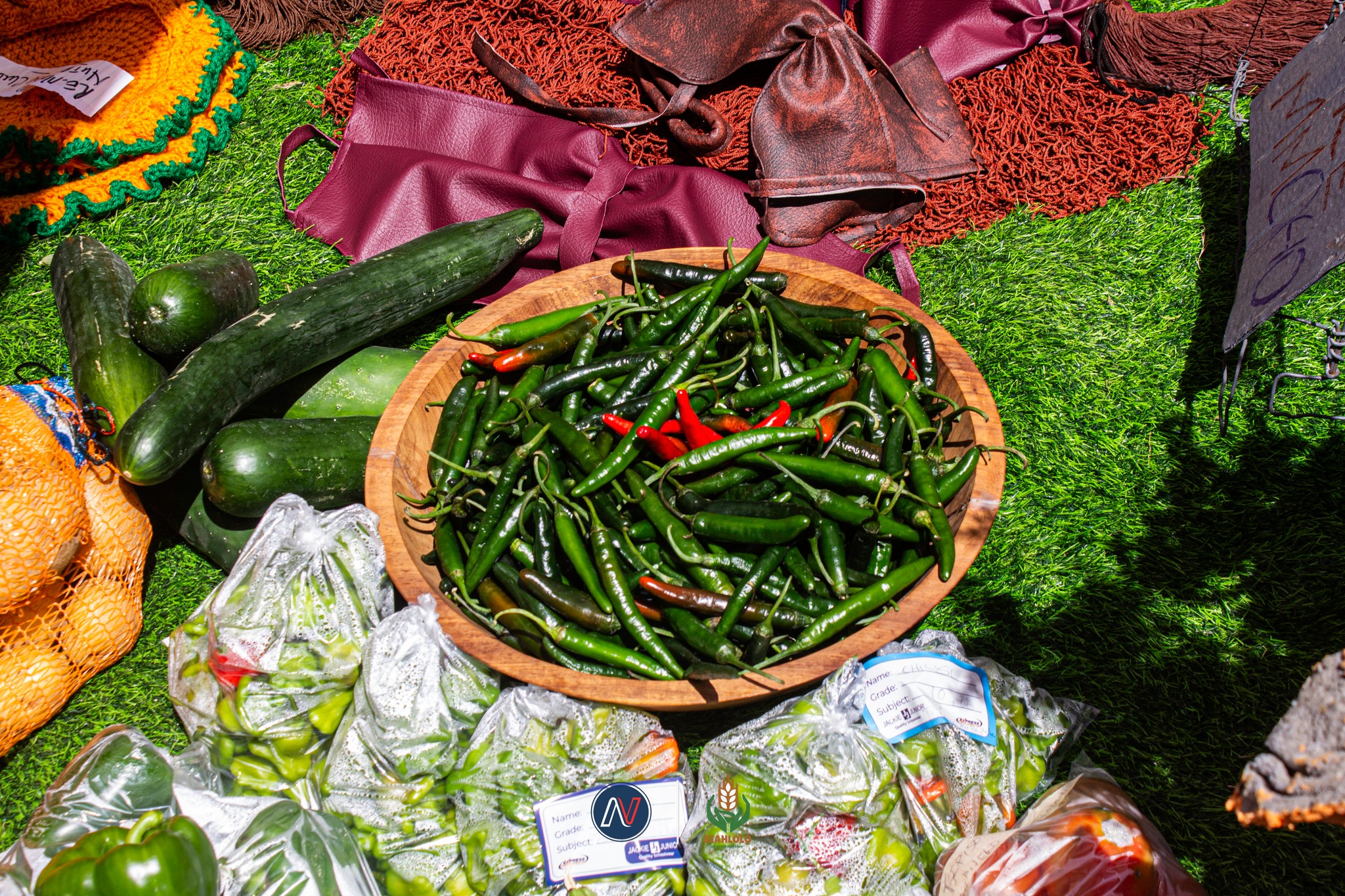![]()
A quiet agricultural revolution is taking shape in Lesotho’s agriculture landscape.
The once-unfamiliar hues of purple cabbage, dark green baby marrow, and fresh cucumbers have now become everyday favourites on vendor stalls.
These are no ordinary vegetables—they represent a growing category known as high-value crops, and their increasing popularity is being driven by changing consumer preferences.
These crops are prized for their profitability and low input requirements. Typically grown on small plots, they offer farmers higher returns with minimal land and resources.
In Lesotho, crops like mushrooms, garlic, cucumbers, asparagus, strawberries, and wild berries such as rosehip are showing strong promise.
According to Dr. Bataung Kuenene, Chief Research Officer at the Department of Agricultural Research, these crops not only thrive in the local climate but also hold immense market potential.
Dr. Kuenene points out asparagus as a particularly profitable crop.
“Asparagus is a perennial plant that requires minimal maintenance, yet delivers high yields year after year. It’s a perfect opportunity for farmers seeking sustainable income,” he says.
Perennial plants like rosemary, lavender, and fennel are also gaining attention. Their resilience to drought, ability to withstand cold winters, and low maintenance make them a wise investment.
Farmer Mary Hansen is one such producer who has embraced this trend.
With support from Foso Hardware, which provided her with seedlings and technical guidance, Hansen began cultivating red cabbage, cauliflower, and broccoli.
She describes her experience as both enriching and profitable.
“The market for high-value crops is wide open. Buyers are often willing to advise you on the standards they expect. You just need to be willing to learn,” she shares.
Her crops have found a steady market with retail outlets such as Pick n Pay Masianokeng and Mpeoa Supermarket, as well as with individual consumers who are more conscious of their health and nutrition.
“There is a growing awareness about food choices, especially for disease prevention. That’s what’s driving the demand,” she says.
Even in challenging seasons, Hansen remains profitable.
“In winter, my profit margin is 100%, while in summer, it’s around 75%. Pests vary with the seasons, but with proper management, the returns are worthwhile,” she says.
Industry players confirm this shift.
Thabo Khalema from Maluti Fresh Produce notes that while overall supply of high-value crops remains low, the quality of production is steadily improving, particularly in tomatoes and peppers.
Cucumber, he says, was one of the most purchased crops this season.
However, Khalema also stresses the need for proper quality standards to support the growing industry.
While the Lesotho Standards Institution (LSI) was established in 2020 to support certification and national standards, food-specific standards are still pending. This gap has been a setback for farmers hoping to export, especially with crops like asparagus.
Retailers also highlight the challenges of inconsistent supply.
Mookho Hloaisi from Pick n Pay Lesotho explains that while they prioritise local sourcing, gaps in production create missed opportunities.
“We sourced broccoli, lettuce, and watermelon locally in large quantities. But we had no broccoli for two full months, and that’s a gap a local farmer could have filled,” she notes.
She encourages farmers to consider contract farming, which has proven effective in ensuring quality and regular supply.
Hloaisi also reminds farmers that having a phytosanitary inspection report from the Department of Research is essential to access bigger markets.
“Doors only open when your produce is certified and safe to eat,” she says.




